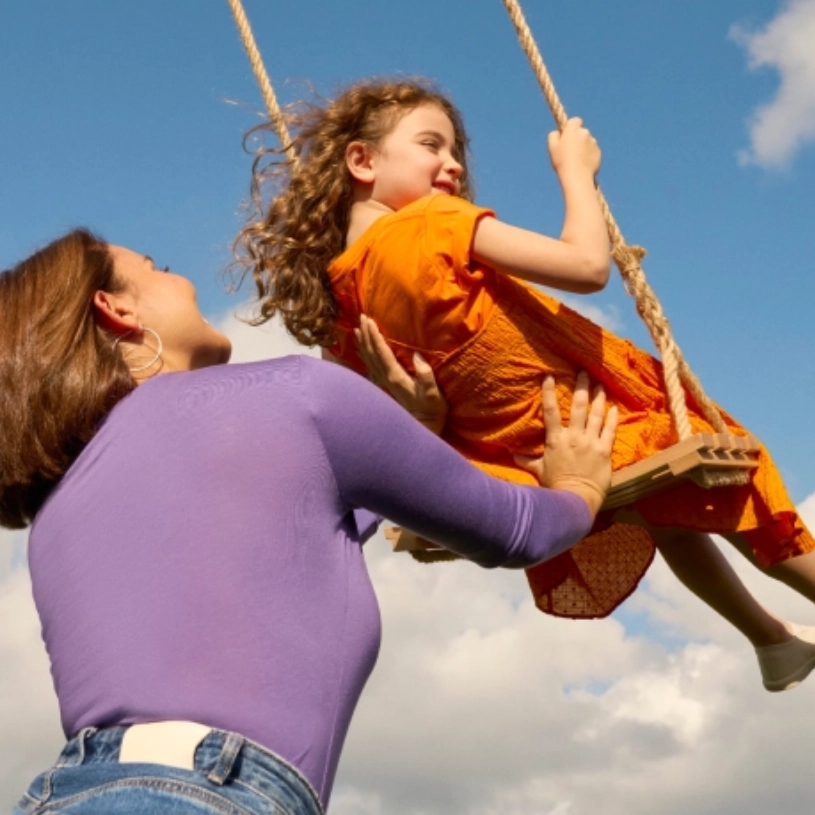반려동물 알레르기: 증상과 치료
반려동물로 인해 발생되는 알레르기를 완화시켜 보세요.

반려동물 알레르기는 흔히 나타납니다. 그러나 이 때문에 귀여운 반려동물과 함께 살아가는 삶을 포기할 수는 없습니다.
이 기사에서는 다음의 정보를 확인하실 수 있습니다.
반려동물 알레르기 유발 요인1,2
반려동물 알레르기가 있는 사람들은 면역계가 예민하여 동물의 소변, 침 또는 비듬(피부 각질) 등에 있는 단백질에 반응합니다. 이러한 알레르겐은 가구, 의류 및 다양한 표면에 들러붙어 모이게 됩니다. 반려동물의 털 자체는 알레르겐이 아닙니다. 그러나 이는 털이 없더라도 마찬가지로 발생합니다.
반려동물 알레르기의 발생 원인1,2
알레르기가 발생하는 이유는 해롭지 않은 단백질임에도 면역계가 우리 몸에서 반려동물의 털을 알레르겐으로 인식하기 때문입니다. 그때 우리의 면역계가 알레르겐에 대항하기 위해 항체와 히스타민을 생성하기 시작하며 나타나게 되는 반응입니다.
고양이 알레르기1,2
고양이 알레르기는 강아지 알레르기보다 약 두 배 정도 흔하며 경미한 증상부터 심각한 증상까지 다양하게 나타납니다. 증상은 즉시 나타나거나 몇 시간이 지난 후에 천천히 나타나기도 합니다. 고양이 알레르기가 있는지 확실하지 않거나 치료가 필요한 경우, 의사 또는 알레르기 전문 병원을 방문해 여러 가지 검사를 통해 진단을 받아보세요.
강아지 알레르기2
강아지 종류 중에서 알레르기에서 자유로운 품종은 없습니다. 알레르기를 거의 유발하지 않는 품종일수는 있으나, 결과적으론 품종과 관계없이 모든 강아지들은 집 전체에 알레르겐을 퍼뜨릴 수 있습니다. 강아지를 어루만지거나 끌어안는 것을 자제해야 하며, 혹시 그런 경우 즉시 비누로 손을 씻으십시오. 집에서 강아지를 키우고 있다면 강아지가 침실 안으로 들어오지 못하게 하거나, 정기적으로 목욕을 시켜 공기 중에 떠다니는 알레르겐을 최소화하십시오.
반려동물 알레르기를 예방하는 방법
집안을 청결하고 깨끗하게 유지하면 알레르겐을 최소화할 수 있습니다. 반려동물 알레르기에 대처하는 확실한 방법은 집을 내가 살기 적합하고 알레르겐이 머물기 힘든 환경으로 만드는 것입니다.2
반려동물을 최소 1주일에 한 번 목욕시키세요.
털과 비듬이 쌓이지 않도록 카펫이 없는 바닥재를 고르세요.
알레르기 및 천식 인증 필터가 장착된 공기청정기를 사용하세요.
반려동물은 야외에서 빗질하세요.
정해진 시간마다 비누로 손을 씻으세요.
바닥을 가능한 깨끗이 유지하세요.
진공청소기로 자주 청소하세요.
1. Asthma and Allergy Foundation of America, Editors. Pet Allergy Are You Allergic to Dogs or Cats?, Asthma and Allergy Foundation of America (aafa.org), 2015.
2. American College of Allergy, Asthma & Immunology, Editors. Pet Allergy, American College of Allergy, Asthma & Immunology (acaai.org), 2018.
3. Olasińska-Wiśniewska A, et al. Cardiovascular safety of antihistamines. Postępy Dermatologii i Alergologii. 2014.31(3);182-186
4. Bousquet J et al. Allergic Rhinitis. Nat Rev Dis Primers. 2020.6(95);1-17
5. Mark E et al. Efficacy and tolerability of 2nd and 3rd gen antihistamines. ANNALS OF ALLERGY, ASTHMA & IMMUNOL. 2010.104;518–522
6. Fein MN et al. CSACI position statement_Newer generation H1-antihistamines (3rd generation) are safer than first-generation H1-antihistamines. Allergy Asthma Clin Immunol. 2019.15(61);1-6
7. Anne K et al. Second-and third-generation antihistamines. DERMATOLOGIC THERAPY. 2000.13;327–336
8. Thomas B et al. Next generation antihistamines therapeutic rationale accomplishments and advances. Expert Opinion on Investigational Drugs. 2002.11(6);807-817
9. Day J H et al. Onset of action, efficacy, and safety of a single dose of fexofenadine hydrochloride. Ann Allergy Asthma Immunol. 1997.79;533-540.
10. Smith SM et al. Fexofenadine: biochemical, pharmacokinetic and pharmacodynamic properties and its unique role in allergic disorders. Expert Opinion on Drug Metabolism & Toxicology. 2009;5(7);813-22
11. Peter H. Double-blind, placebo-controlled study. Comparing the efficacy and safety of fexofenadine and cetirizine in seasonal AR. J ALLERGY CLIN IMMUNOL. 1999;104(5);927-33
12. Van Cauwenberge et al. Comparison of the efficacy, safety and quality of life provided by fexofenadine hydrochloride 120 mg. Clin Exp Allergy. 2000. 30(6);891-899
[Study Design9] This study was of a randomized, placebo-controlled, double-blind, parallel design. The purpose of this study was to characterize the time to onset of clinically important relief of symptoms of allergic rhinitis in subjects taking single doses of either 60 mg or 120 mg fexofenadine HCl, or placebo, after exposure to ragweed pollen in a controlled environment. Other objectives were to assess the efficacy and safety of single doses of fexofenadine HCl.
[Study Design11] A multicenter, double-blind, parallel-group, placebo-controlled trial compared the efficacy and safety of fexofenadine HCl (120 and 180 mg administered once daily) and cetirizine (10 mg once daily) in the treatment of seasonal allergic rhinitis. The primary efficacy variable was the change in mean 24-hour reflective TSS during the treatment period in relation to the single blind placebo lead-in phase.
[Study Design12] This was a multinational, multicentre, double-blind, parallel group, randomized, placebo-controlled study. Following a placebo run-in phase of 3±7 days (the baseline period), patients with SAR were to receive one capsule of either fexofenadine HCl 120mg(n=232), loratadine 10mg(n=228), or placebo(n=225), once each morning for 14 days. The primary efficacy parameter was the change in the mean 24-h reflective TSS during the double-blind treatment period from that during the baseline period.
추천 기사
※3세대 성분들의 경우, 2세대의 개선 성분으로 2세대에 포함시키는 경우도 있습니다.
MAT-KR-2301160-v1.0-07/2023
.webp/jcr:content/ART4-banner-815x815%20(1).webp 400w,/.imaging/webp/sanofi-chc/img-w500/dam/allegra-kr/pages/understanding-allergies/pet/ART4-banner-815x815-(1).webp/jcr:content/ART4-banner-815x815%20(1).webp 500w,/.imaging/webp/sanofi-chc/img-w600/dam/allegra-kr/pages/understanding-allergies/pet/ART4-banner-815x815-(1).webp/jcr:content/ART4-banner-815x815%20(1).webp 600w,/.imaging/webp/sanofi-chc/img-w700/dam/allegra-kr/pages/understanding-allergies/pet/ART4-banner-815x815-(1).webp/jcr:content/ART4-banner-815x815%20(1).webp 700w,/.imaging/webp/sanofi-chc/img-w800/dam/allegra-kr/pages/understanding-allergies/pet/ART4-banner-815x815-(1).webp/jcr:content/ART4-banner-815x815%20(1).webp 800w)
